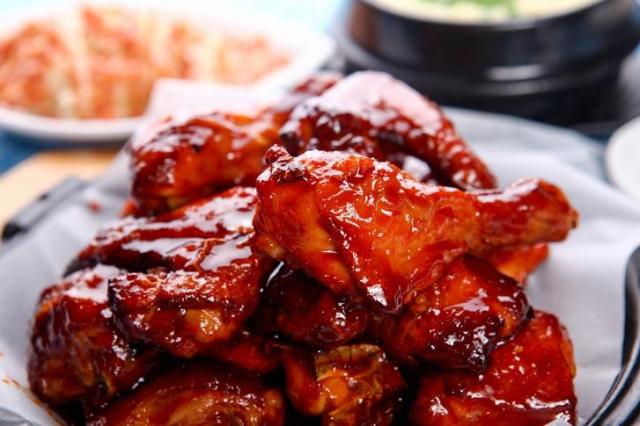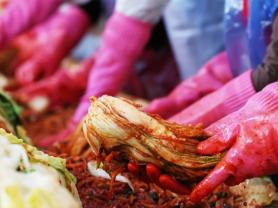
SEOUL -- "K-sauce," primarily renowned for traditional Korean condiments such as the spicy and sweet chili sauce "Gochujang," the spicy and salty bean paste "Ssamjang," and Korean sweet and a variety of spicy fried chicken sauces, is captivating food enthusiasts worldwide.
This surge in interest can be attributed to the growing popularity of Korean cuisine, fueled by the global fascination with K-dramas and K-pop. According to customs data, South Korea's exports of K-sauce products soared to a record high of over $380 million in 2023.
"Jang" is a Korean word for various types of sauces that are mainly based on fermented soybeans. The main types of Jangs are Doenjang, fermented soybean sauce, Gochujang, and Ganjang, Korean-style soy sauce. Those Jangs play the role of the base ingredients for many Korean cuisines.
Those traditional sauces are also interpreted through modern perspectives to create new types of condiments including Tteokbokki, finger-sized rice cakes smothered in red sweet and spicy sauce, and Bibimbap, a traditional Korean rice dish designed to be mixed with vegetables and special beef Gochujang sauce before eating.
According to data released by South Korea's state customs service, $384 million worth of Korean sauce products were exported in 2023, up 6.2 percent year-on-year. The annual exports were the largest ever, and the total export volume was the second largest in history at 131,800 tons, about twice as large as 66,000 tons in 2013.
By product category, seasoning sauce products -- hot spicy chicken sauce, and soy sauce-based Bulgogi seasoning -- took up the biggest portion with $241 million, followed by Jang-type sauce products with $111 million. K-sauce products were exported to 139 countries and the United States was the largest importer of Korean sauce products with $84 million (21.8 percent), followed by China with $51 million.
Copyright ⓒ Aju Press All rights reserved.




